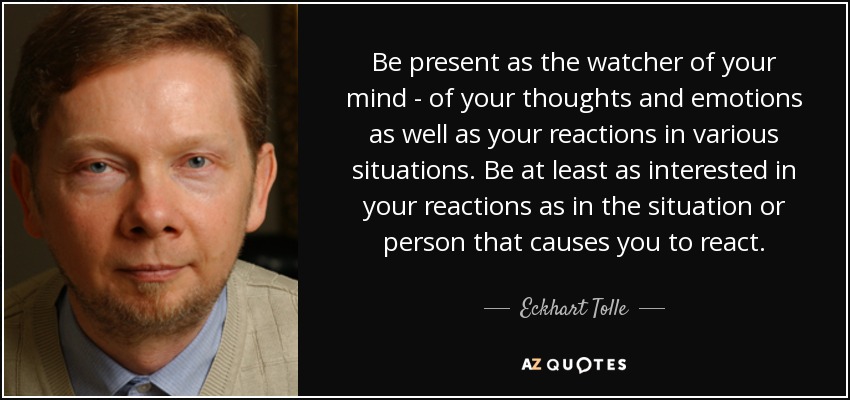
Imagine that as a child you were issued a large backpack to wear at all times. At first you didn’t know what it was for, but then the adults around you started putting rocks in it that you then obediently carried around. After a while you followed their example and began to put rocks in there yourself. Over time, some of the rocks disappeared, but most didn’t, and by now that pack’s really, really heavy.
You often pull out some of the rocks and look at them. They don’t make you happy. In fact they make you miserable. Some at the bottom you never pull out—you might not even remember you have them–but still you carry them. This seems inexplicable. Why would anyone voluntarily bear such a burden?
Unfortunately these rocks are not chunks of shale or granite or sandstone. Those would be easy to get rid of! Instead they are bits of residual resentment, hatred, anger, guilt, and shame from injuries or injustices or mistakes you can’t or won’t or haven’t tried to let go of. The backpack is your mind; the weight of the load burdens not your back but your soul.
What follows are tips for cleaning out that backpack. If the pack’s stuffed full, it’ll take some mental elbow grease to do a good spring cleaning, but trust me, it’s worth it for the sunlight that will pour into your life. After that, there’ll be some ongoing maintenance to keep your pack light and your steps jaunty. Yes, there’ll be surprises. Rocks that you’ll swear you never picked up will somehow get in that backpack, and a few rocks will keep reappearing even after you put them down and down again. Still the effort’s worth it.
So how to get rid of these rocks? The first step is to realize that anger, hatred, resentment, guilt, and shame are not just weight, they’re toxic, poisonous to a healthy life. They cloud your judgement; they sap your attention and energy. They lead to bitterness, depression and despair. If you feed these toxic emotions, the rocks will grow until they’re all you have left. At its most basic, carrying around these rocks is a form of self-harm.
Instead when these emotions arise, acknowledge them, learn from them. Take action if appropriate. And then let them go. This doesn’t mean you should allow people who’ve injured you to do so again. But caution, wisdom, and courage prevent injury better than anger and resentment.
~Karen Lynn Allen
The whole fragment of the book




